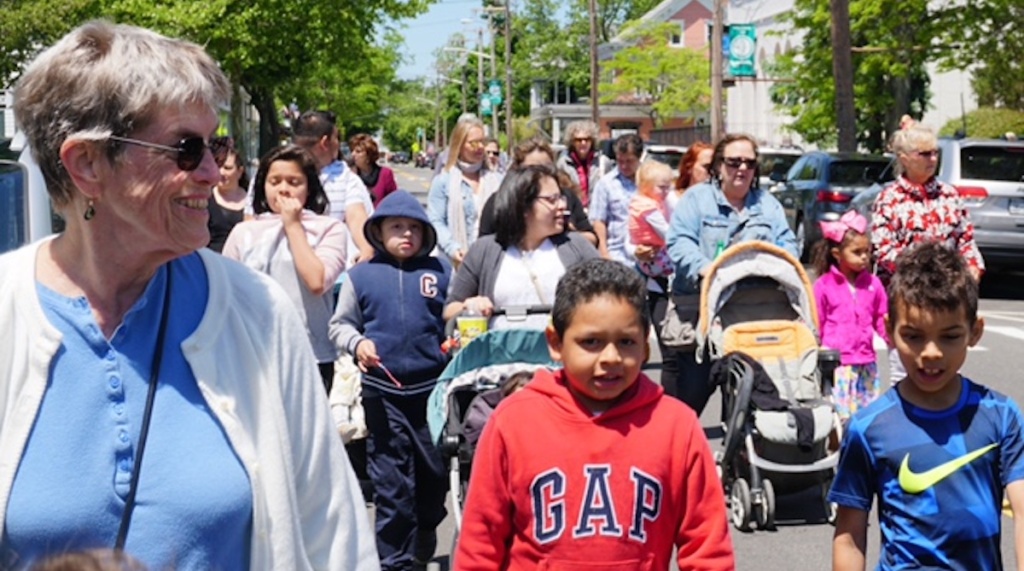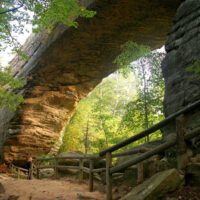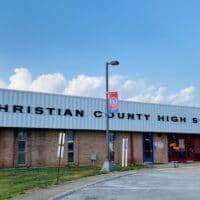
Diana Gordon is a former professor of political science and criminal justice at the City University of New York. Her book “Village of Immigrants: Latinos in an Emerging America” focuses on immigrant populations in the town of Greenport, New York, where she currently lives. Since the book’s publication, Diana has maintained her interest in small-town prosperity as it relates to immigrant populations, and created the website smalltownimmigration.com, an information clearinghouse for news about migration trends in small towns nationwide.
Enjoy our conversation about progress in the carpet capital of the world, and the sometimes powerful partnership between “capitalist greed and immigrant entrepreneurial spirit.”
Olivia Weeks, The Daily Yonder: How did you get interested in small-town immigration as a social phenomenon?
Diana Gordon: Part of what spurred me to write my 2016 book, “Village of Immigrants,” about the small town where I live on the eastern end of Long Island, is that I had experienced this community in an earlier life, when it was very, very different. Greenport was a depressed little place in the 1970s and 1980s, and at that time I rushed through it to get to my summer home in a neighboring town. A casualty of changing economics — the end of World War II shipbuilding contracts, the rise of big-box stores that little general emporiums couldn’t compete with—the village was in deep trouble. But by the time I was thinking about retirement, its fortunes had changed. Restaurants were flourishing, old houses were being restored and the 2010 census recorded the first increase in population since 1950.
The most important element in the transformation of the village was demographic. Its workforce had not only grown, it had Latinized. One-third of the residents now identified as Hispanic; most were immigrants from Mexico and the countries of the Northern Triangle of Central America. On the heels of this development was an increase in the number of second-home owners, whose construction and landscaping needs provided jobs for many immigrants. Mayoral leadership ensured that grants and new public spaces — a park with a beautiful carousel, a marina to take advantage of Greenport’s deep-water port — would close the virtuous circle.
Greenport wasn’t the only town rejuvenated by immigrant arrivals. I soon saw that small-town decline wasn’t inevitable. Revitalization is often the product of intersecting capitalist greed and immigrant entrepreneurial spirit, as in Iowa, where the towns of Denison and Perry found new life as immigrants arrived to work in meat-packing plants. Somali residents’ small businesses have helped revive the downtown of Lewiston, Maine. And welcoming political leaders can facilitate these changes, as happened in Carrboro, North Carolina. So I wanted to explore these other places and discover the patterns of their successes (or failures).
DY: What is your aim for the Small-town Immigration Information Clearinghouse?

DG: I would like my website to be a repository for information about trends in the incorporation of immigrants in the American countryside — in rural communities and also in those areas beyond the suburbs that relate economically or culturally to cities. In addition, it will document individual immigrant experiences in the complex process of finding home, particularly in rural areas but also more broadly. Finally, I hope to attract immigrants and their advocates who will want to exchange ideas and information through communicating on the website. For this activity, I will try to be a responsible and responsive editor.
DG: I would like my website to be a repository for information about trends in the incorporation of immigrants in the American countryside—in rural communities and also in those areas beyond the suburbs that relate economically or culturally to cities. In addition, it will document individual immigrant experiences in the complex process of finding home, particularly in rural areas but also more broadly. Finally, I hope to attract immigrants and their advocates who will want to exchange ideas and information through communicating on the website. For this activity, I will try to be a responsible and responsive editor.
DY: In your 2015 book, “Village of Immigrants,” you argue that increased immigration to certain small towns can have a profoundly positive impact both on population trends, and on residents new and old. Can you outline the “congeries of forces” which must be combined to produce the best outcomes?
DG: This is a hard one. In my experience thus far I see a great range of conditions that result in the comfortable coexistence of immigrants and the native-born. Sometimes a single industry brings people together in constructive combination, as in Dalton, Georgia, “the carpet capital of the world.” More often it’s a combination of available work of whatever kind and the enterprise of immigrants who create small businesses that serve their hosts as well as themselves.
Location is important: the town that is near a workplace employing many immigrants will probably thrive, and amenities like hiking trails or arts centers can be a draw that builds on itself. The Daily Yonder’s Tim Marema recently wrote about rural population and found that, in contrast to agricultural counties, the 2020 census reported an increase in 59% of counties with economies based on recreation. I’m sure that a closer look at those counties would find concentrations of immigrants in many of them. In my own village at the eastern end of Long Island, the restaurants and restored houses that have made it a foodie and second-home destination owe much to the Mexicans and Central Americans that have arrived since the mid-1990s.
DY: How has your thinking about immigration politics and policy changed since you wrote this book?
DG: When I was working on my book (2012-2015) I was so focused on what was happening in my small corner of the world that I didn’t pay much attention to the details of national policy, let alone global movements. I am no longer so neglectful. I see American conflicts over immigration as part of a larger struggle over how democracy — American and European, too — adapts (or doesn’t) to the demographic explosion now underway.
Applying my worries about the current discontents of democracy to my particular interest in small-town immigration, I hope my website will contribute in a very small way to advocacy for investment in rural America. It seems to me that reversing its decline depends on massive investment in infrastructure, natural resources and human capital — and in the process, immigrants will benefit.
DY: Do you have recommended reading on this topic?
DG: There isn’t a very extensive body of literature on small-town immigration. In the early days of this century, the surge of immigrants heading for new destinations — meaning states and cities beyond the coasts — gave rise to a few interesting academic books (see J. Celeste Lay, “A Midwestern Mosaic: Immigration and Political Socialization in Rural America” and Ann V. Millard and Jorge Chapa, “Apple Pie and Enchiladas: Latino Newcomers in the Rural Midwest”). But more immediate information and insights come from mainstream media and think tank reports: The New York Times, the Washington Post and publications of the Migration Policy Institute will keep interested readers well-informed.
As my attention has broadened to demographic shifts in the U.S., my bible has been “Diversity Explosion” by William H. Frey. (A revised edition came out in 2018; perhaps another on this fast-moving topic will follow.) And I am looking forward to the publication of Chuy Renteria’s book, “We Heard It When We Were Young,” about growing up Mexican-American in West Liberty, Iowa.






